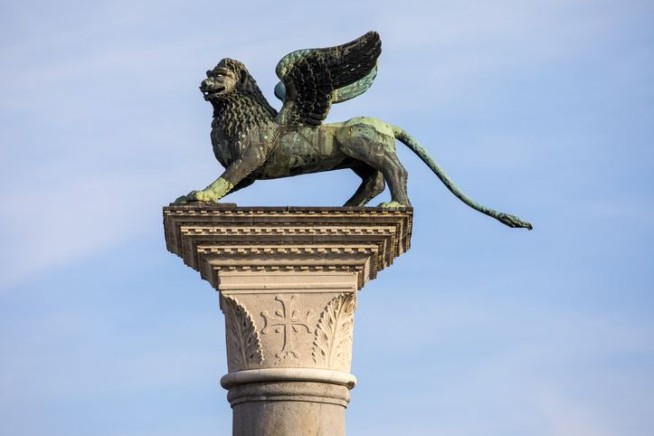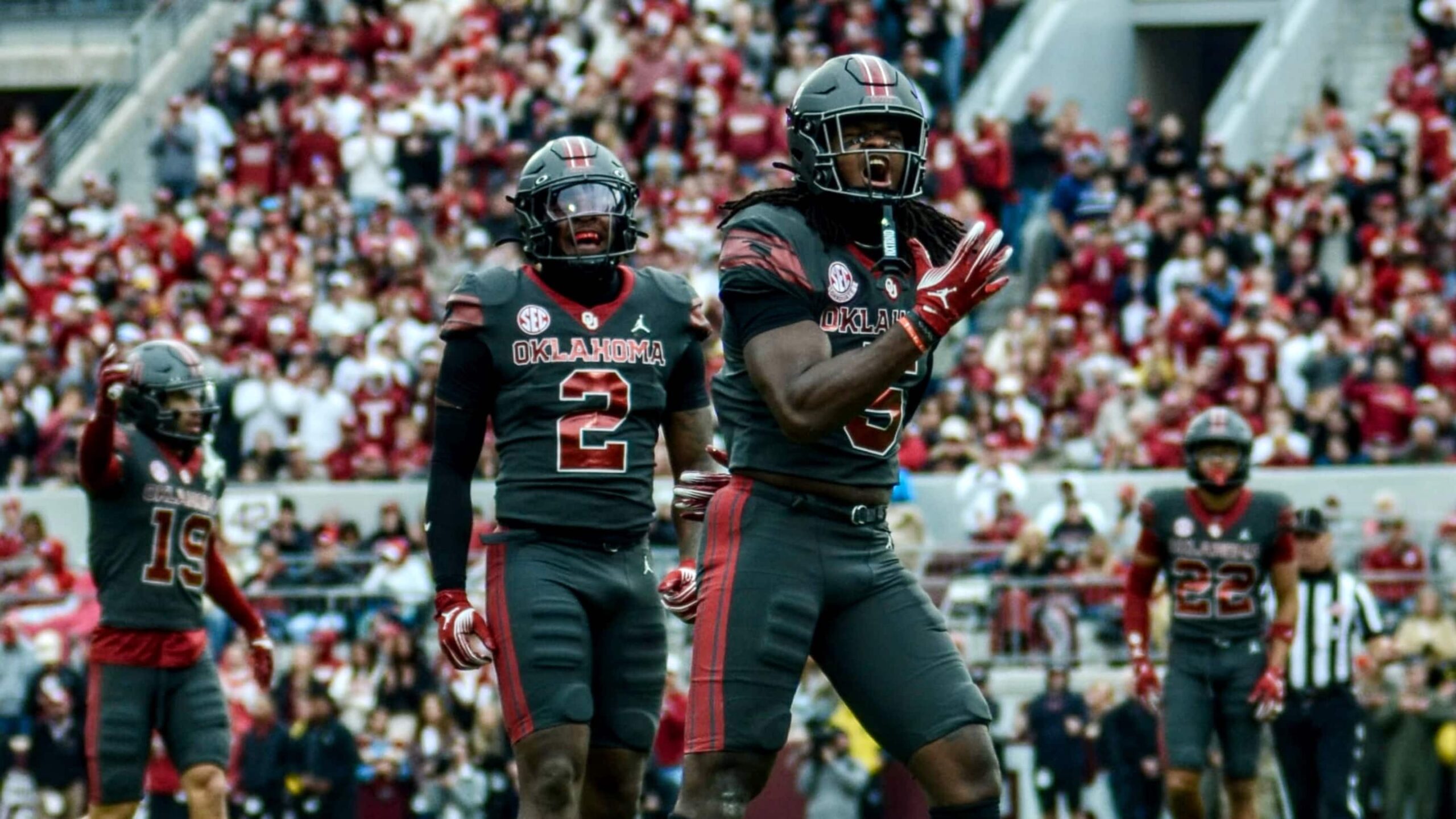Venice’s emblematic winged lion statue may not be the purely Italian marvel many believe. According to a recent study, it might have crossed vast distances from ancient China, casting new light on this centuries-old symbol.
Venice’s Winged Lion May Not Be a Lion

Key Takeaways:
- Venice’s iconic winged lion statue is a revered symbol attracting countless tourists.
- A new study suggests it may have originated in ancient China.
- Archaeologists believe it might not actually depict a lion.
- Its path to Venice could be linked to Silk Road trade routes.
- Researchers from a university are conducting further investigations into its true identity.
The Long Journey of a Venetian Icon
Tourists who flock to St. Mark’s Square in Venice make a point of capturing photos of the city’s famed winged lion statue. But a recent study suggests that this beloved figure might trace its roots to ancient China rather than the celebrated Italian city where it now stands.
A Surprising Twist
For centuries, the winged lion of Venice has symbolized power and prestige, yet researchers now believe it may not be a lion at all. Archaeologists from a university, citing historical clues and stylistic details, propose that the statue might represent a mythical beast from the East.
A Possible Eastern Origin
In their study, the experts point to the Silk Road as a plausible means of transporting the statue—or its conceptual design—from deep within China to Europe. Specific sites along the Yangtze River region have been referenced as potential origins, underscoring the far-reaching cultural dynamics of the ancient world.
Why This Matters
Though best known for its Venetian heritage, the statue’s potential Chinese background enriches its global significance. If confirmed, the findings may reshape how tourists, scholars, and locals alike view this centuries-old emblem. It is more than just an Italian artifact; it could be a testament to centuries of cultural exchange.
Continuing the Investigation
While the research is still unfolding, it has stirred interest in art history circles. Additional studies may delve deeper into the statue’s exact provenance and the trade routes that once bound the East to the West. Until then, the winged lion remains perched in St. Mark’s Square, quietly guarding its secrets of a bygone era.











